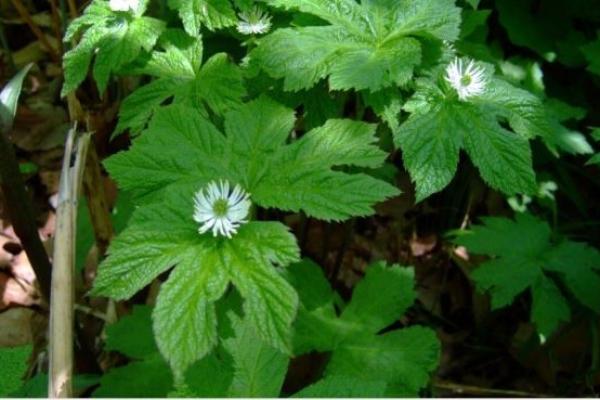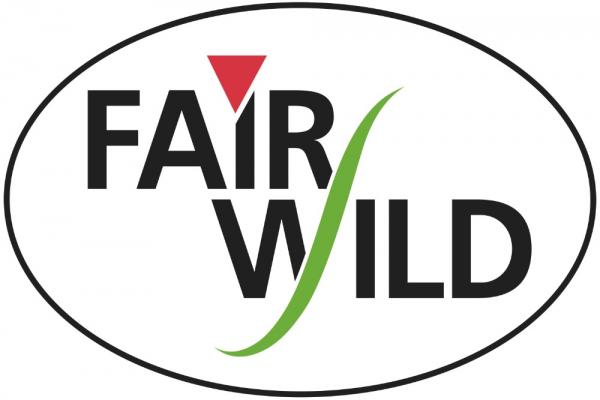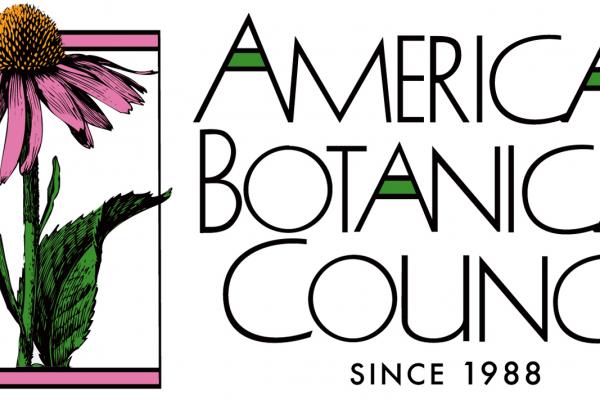Sustainability

As Herbal Medicine becomes more popular, we need to move forward together remaining mindful of the need for respectful and sustainable practice. This relates to our teaching, harvesting, sourcing, packaging etc. We can be guided by traditional practice or we can be guided by science, but we need to find ways of working with the land and plants that ensure continued presence and survival for generations and generations to come.
Plants become endangered for many reasons - change of habitat, farming practices, pests and diseases - but the most common cause is over-harvesting in the wild by humans. This is primarily because so many plants are wild harvested commercially for purposes other than medicine - food, scent, cosmetics - and are found as common ingredients in a surprising amount of widely available products.
Global demand for wild plant ingredients increased more than 75% between 2000 and 2020* and it is this dramatic increase in demand combined with the varied socioeconomic factors of international trade that are real cause for concern.
Here are links to two important reports published highlighting these issues:
‘Wild at Home: An overview of the harvest and trade in wild plant ingredients’ was published by TRAFFIC in June 2018 drawing attention to the wild plant ingredients used in everyday products and the need for their traceable, sustainable and ethical sourcing and trade.
*‘Wildcheck: Assessing the risks and opportunities of trade in wild plant ingredients’, published in 2022 by FAO, TRAFFIC, and the IUCN Species Survival Commission Medicinal Plant Specialist Group (MPSG). This report evaluates the Wild Dozen, twelve ‘flagship’ wild-harvested ingredients (including the well known and widely available medicinal plants Frankincense, Golden Seal and Liquorice), assigning them social and biological risk ratings and highlighting where improvements can be made.
We are gathering resources below to share good practice, and the work of projects striding towards sustainability.
Picture is of Golden seal, endangered in the wild, but which growers are beginning to successfully cultivate.
Scottish project Grass Routes
Remedies have produced a great sustainable foraging basics document, giving 8 principles of ecologically-sound harvesting practice.
It is available as a PDF to be downloaded and handed out on herb walks and workshops. To access click here
To access a list of protected plants in the UK click here
FairWild is an international best practice standard which encompasses both sustainable wild harvesting of medicinal and aromatic plants (seaweeds and fungi included) with equitable fair trade. Created through a multi stakeholder consultation process in response to a weakness in organic regulations for wild collected plants.
Considered the gold standard of sustainability certifications, the FairWild Standard has 7 Principles and 24 Criteria addressing three themes: the ecological,...
The American Botanical Council offers a free, downloadable ’Sustainable Herbs Toolkit V.2’ to enable ’the botanical industry’ (herbalists and herbal businesses?) to become more sustainable.
It is a user-friendly, expansive collection of tools and resources (and is supported by a series of webinars with experts on related key topics and other resources found on the Sustainable Herbs Program website, www.sustainableherbsprogram.org),, organised in a way that breaks down areas related to...


